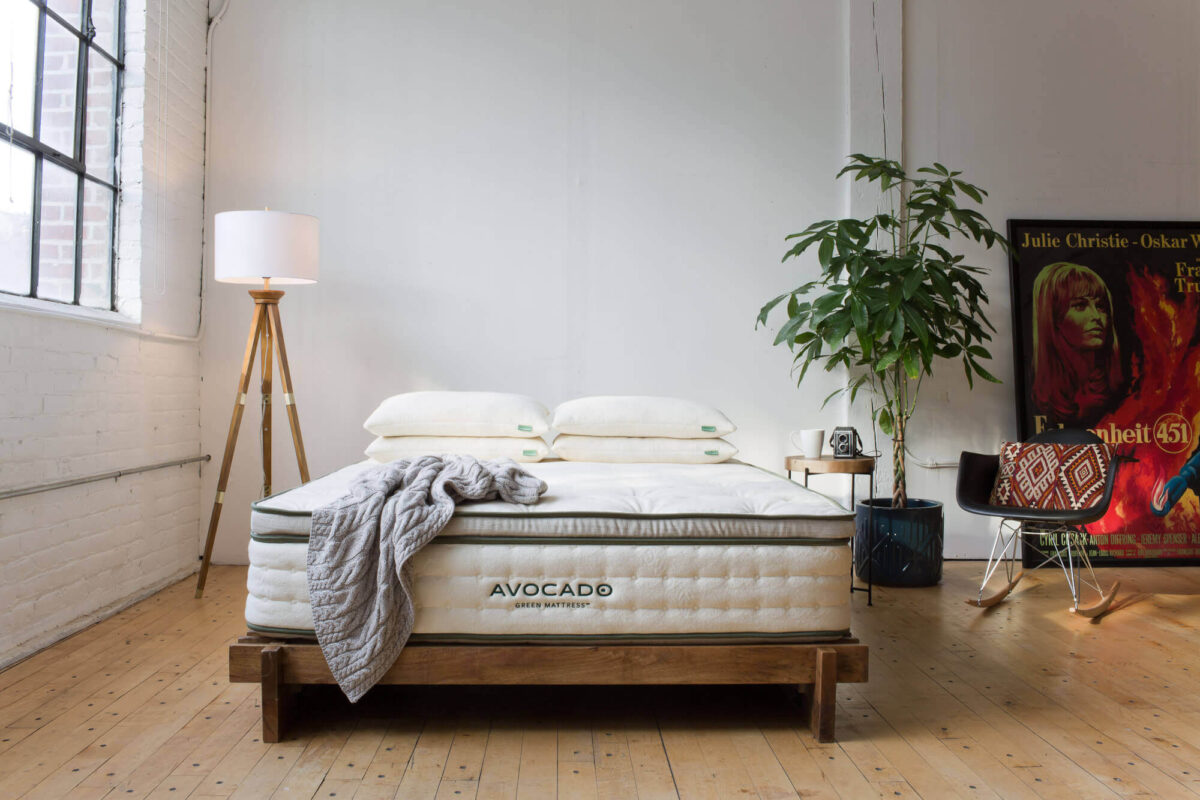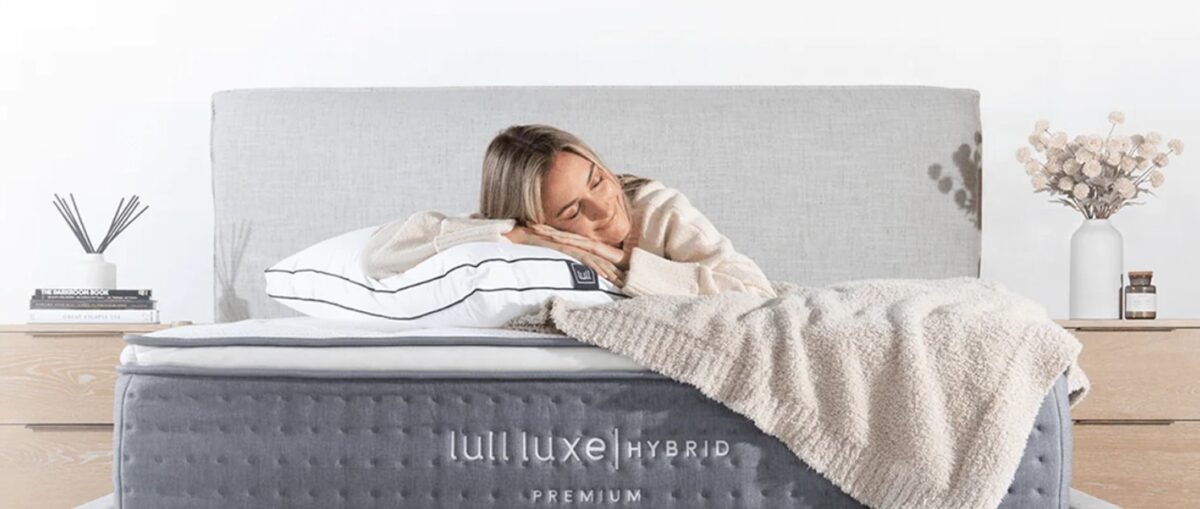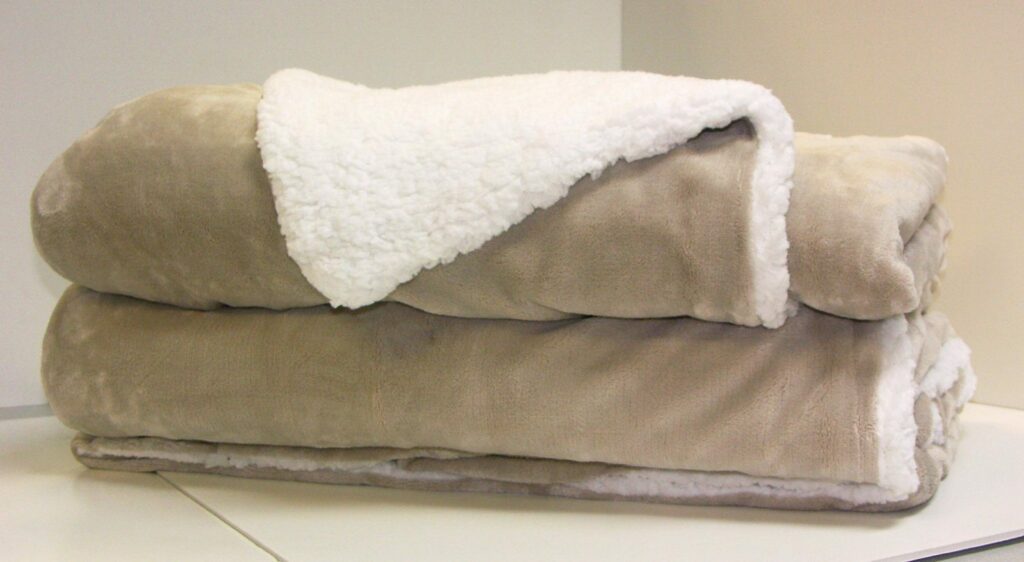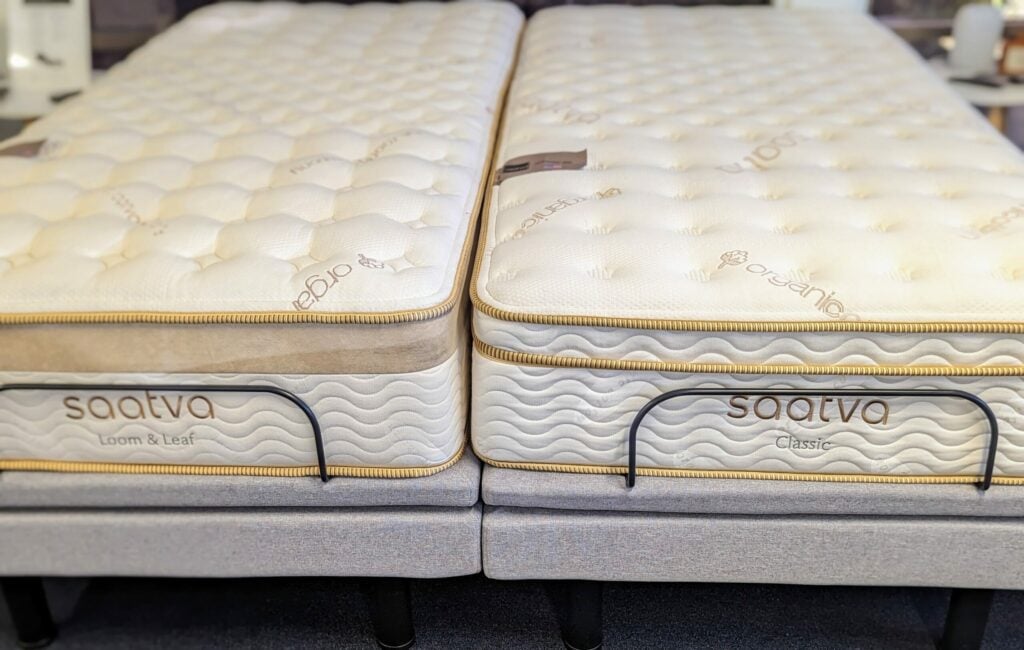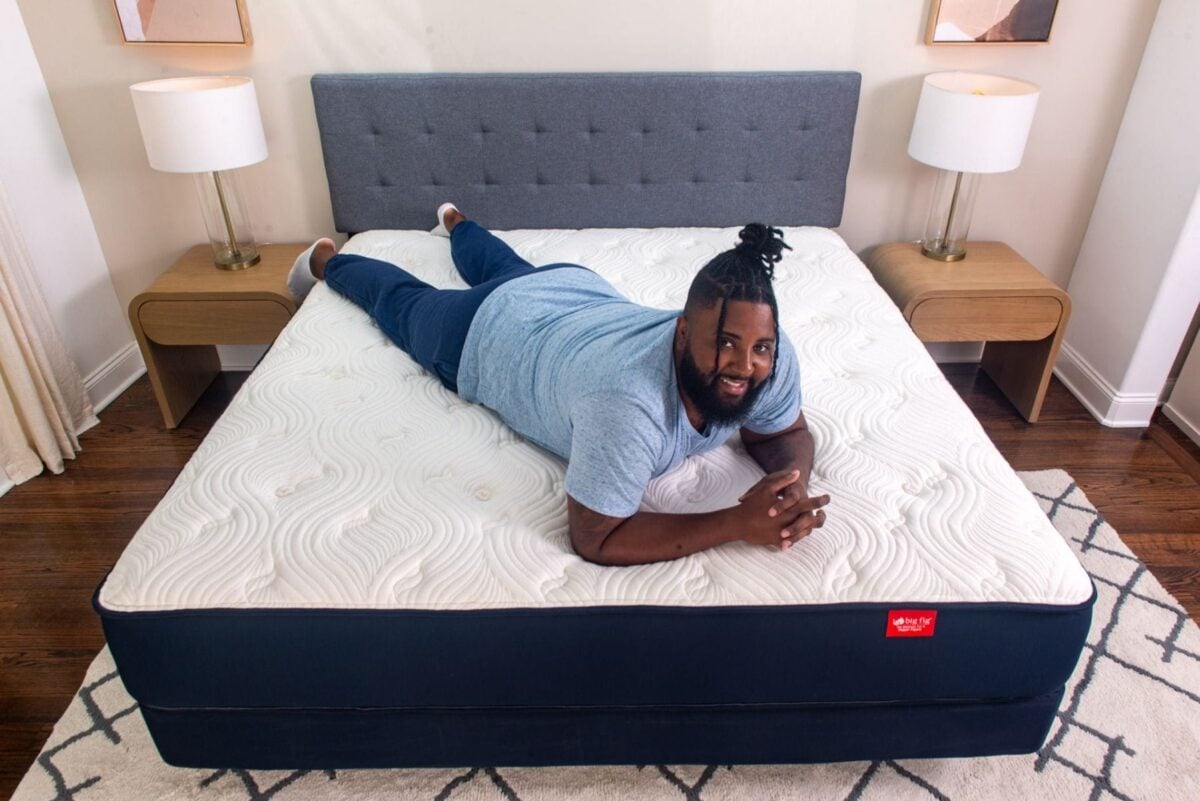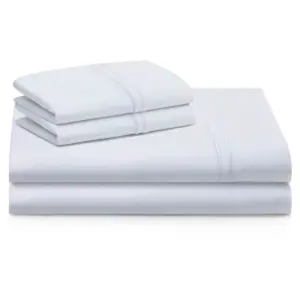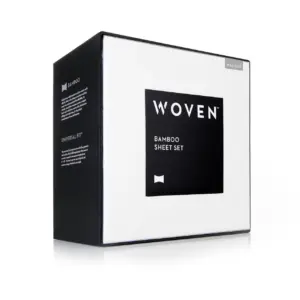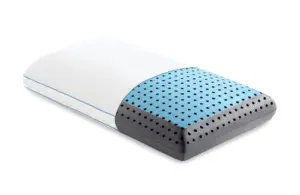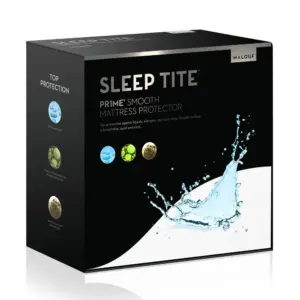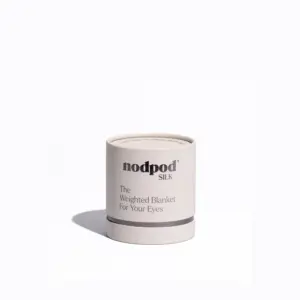Understanding Sateen: What Does It Mean for Your Sheets?
The Luxurious Feel of Sateen Sheets
When searching for luxurious bedding, common names surface: silky, smooth, and shiny. But what do we mean when we refer to sateen in sheets? Sateen is not a fabric type but a specific weave that delivers an opulent finish, often sought after in premium bedding products. If you desire a fabric that combines a smooth texture with a luxe sensation, sateen is the perfect choice.
What is Sateen?
Sateen Weave Explained
Sateen is defined by its unique weaving technique, wherein three or four threads overlap a single thread. This differs significantly from other weaves like percale, characterized by a one-over-one-under pattern. Think of it like weaving a basket: in a sateen weave, the vertical warp threads travel over multiple horizontal weft threads before dipping beneath one. This distinctive action creates an incredibly smooth, silky fabric that shines brilliantly.
Originating in the mid-1800s, this weaving method has been highly prized for its soft, silk-like feel. The final cloth drapes effortlessly, providing a polished look that enhances any bedroom aesthetic.
Materials Used in Sateen
While the weaving technique defines sateen, the choice of material greatly influences its quality. Traditionally made from luxurious cotton yarns, sateen can also incorporate various other fibers, including:
– Cotton: High-quality sateen sheets are predominantly made from cotton, particularly long-staple cotton for added durability and comfort.
– Rayon and Nylon: These synthetic fibers offer alternative textures and are often more budget-friendly options.
– Silk: Although rare, silk sateen delivers an ultra-luxurious experience that is hard to beat.
– Cotton Blends: Combining cotton with other fibers can enhance durability or sheen.
Sateen’s Silky Feel and Lustrous Sheen
One defining feature of sateen is its velvety smoothness, stemming from the unique weave that exposes more of the thread surface. The result? A fabric that rivals satin in luxury, while remaining more robust and easier to care for.
The striking sheen of sateen sheets further elevates their aesthetic appeal. When light graces their surface, they reflect beautifully, lending your bedroom an inviting and elegant atmosphere.
A Brief History of Sateen
Since its inception in the mid-1800s, sateen has captured the hearts of bedding enthusiasts. Emergent as an affordable substitute for silk, it has carved a niche in high-quality bedding. When contemplating What does sateen mean in sheets? think of a weaving technique that marries comfort with a glamorous finish, crafted from a variety of luxurious fibers.
Sateen vs. Other Fabrics
To make a well-informed choice, understanding how sateen compares to other common bedding materials is crucial. Let’s delve into the distinctions:
Sateen vs. Satin
While both options offer a silky touch, they diverge in key areas:
– Fibers: Satin derives from long filament fibers like silk, whereas sateen uses shorter staple fibers, primarily cotton.
– Durability: Sateen typically boasts superior durability. Satin’s delicate weave can lead to quicker wear and tear.
– Maintenance: Sateen sheets are easy to care for—most are machine-washable—while satin often requires more gentle handling.
Sateen vs. Percale
Both sateen and percale are favored weaves, but their characteristics are different:
– Weave Pattern: Percale follows a one-over-one-under pattern for a matte finish, while sateen’s four-over-one-under weave results in a lustrous look.
– Breathability: Percale remains cooler and more breathable, making it ideal for warm climates, whereas sateen retains heat, making it optimal for cooler environments.
Sateen vs. Egyptian Cotton
In this comparison, we look at weaves versus fibers:
– Weaves vs. Fibers: While sateen is a weave, Egyptian cotton refers to the fiber. In fact, sheets can be made from Egyptian cotton in a sateen weave for unparalleled comfort.
– Durability: Egyptian cotton, known for its long-staple fibers, enhances the durability of sateen sheets, making them even more luxurious.
– Temperature Control: Egyptian cotton percale offers breathability, while sateen traps warmth, ideal for those cold winter nights.
Benefits of Sateen Sheets
Sateen sheets offer numerous compelling features that make them a top choice for bedding:
– Silky and Soft: Sateen is beloved for its luxurious texture. Ideal for those with sensitive skin, it’s a gentle material that feels delightful against the body.
– Breathable and Glossy Finish: While they retain some heat, sateen pillows allow for airflow, perfect for year-round comfort.
– Easy Maintenance: These sheets are generally machine-washable and are less prone to wrinkling, allowing for a neat and tidy look without constant ironing.
– Mildew Resistance: The tight weave of sateen can help resist mildew, making them suitable for humid environments.
– Drapes Well: The weight and smoothness allow sateen sheets to drape beautifully, enhancing your bedroom’s overall design.
Drawbacks of Sateen Sheets
Like all materials, sateen sheets come with their own set of concerns:
– Trapped Heat: Sateen can trap more heat than other weaves, potentially making it less suitable for hot sleepers.
– Pilling: Lower-quality fibers may pill over time, affecting the fabric’s overall feel and appearance.
– Snags and Tears: The luxurious surface is prone to snags from sharp objects, which might affect the longevity of the sheets.
– Chemical Treatments: Many sheets receive chemical finishes that may irritate sensitive skin. Always seek certifications like Oeko-Tex to ensure safety.
– Less Breathable: The dense weave doesn’t allow for as much airflow as other sheet types, which might be uncomfortable for some.
How to Choose the Right Sateen Sheets
When shopping for sateen sheets, keep these crucial factors in mind to ensure you’re investing wisely:
– Thread Count: Aim for a thread count of 300 to 600 for optimal balance in softness and durability without falling into misleading high counts.
– Fiber Quality: Always opt for long-staple cotton for improved softness and longevity.
– Brand Reputation: Stick with trusted brands recognized for producing high-quality sateen sheets.
– Price Range: Consider investing in quality sheets that will withstand time and wear rather than opting for cheaper alternatives that may thin out quickly.
– Mercerization: Sheets that have been mercerized exhibit better strength and sheen.
Conclusion
Choosing the right bedsheets is pivotal for a restful night’s sleep. At Yawnder, we pride ourselves on offering expertly vetted products that meet high standards of comfort and quality. Our curated collection ensures that whether you seek the silky smoothness of sateen, the crispness of percale, or the opulence of Egyptian cotton, we have something tailored for your preferences.
By focusing on the attributes of sateen sheets, we empower you to make an informed choice for your bedroom. With direct-to-door shipping and a plethora of luxurious options, transforming your sleep environment is just a click away! Explore our bedding collection today and indulge in the elegance of sateen sheets for a serene sleep experience.


